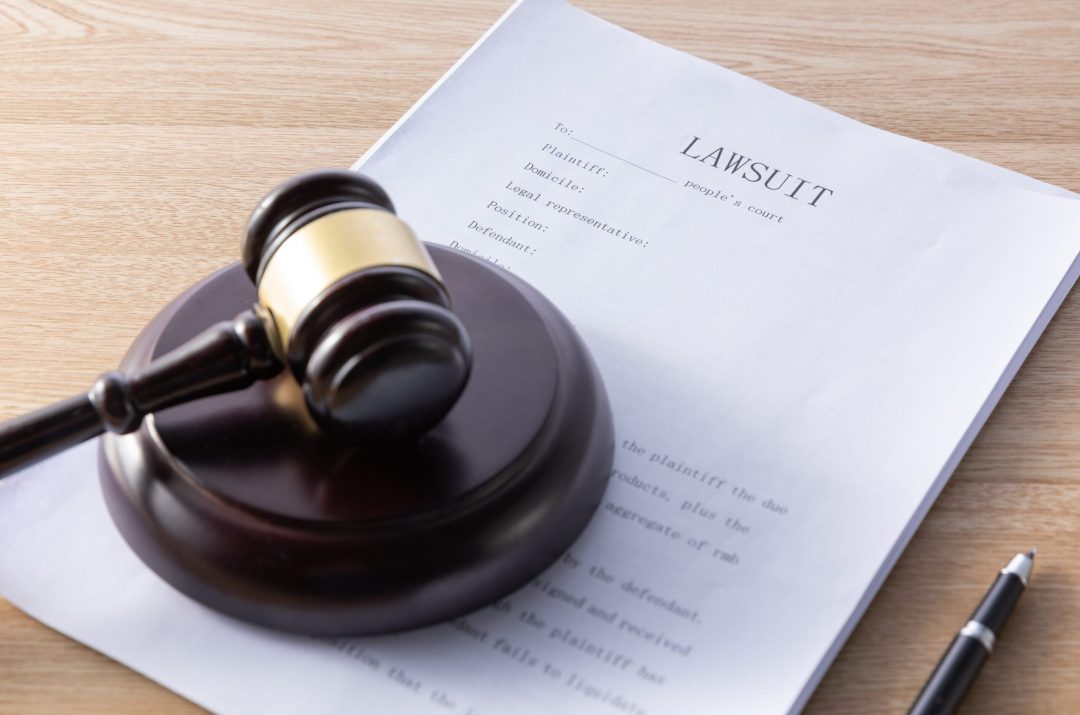What is Accessibility Remediation?
Accessibility remediation is the process of fixing digital content, such as websites or documents, to meet accessibility standards like WCAG or Section 508, ensuring that people with disabilities can access and interact with the content effectively.
Our Service Overview:
Our team of experts utilizes a comprehensive approach to assess and rectify accessibility issues on your website and products. We guide you through the remediation process, ensuring that every aspect of your site is optimized for all users. With our dedicated support, we help you create an accessible online environment that reflects our shared values of inclusivity and respect for all individuals.
- Website Remediation: We identify and resolve accessibility issues on your website, ensuring compliance with the Web Content Accessibility Guidelines (WCAG) and the Americans with Disabilities Act (ADA). Our services extend to all digital assets, including images, videos, and PDF files.
- Digital Content and Products: Beyond websites, we ensure that all digital products and content, including PDFs and other documents, meets accessibility standards. This includes document remediation, where we correct issues like improper reading order and lack of keyboard navigation support.
- Accessibility Audits and Reports: We conduct thorough audits to identify all accessibility issues within your digital assets, providing detailed reports that outline the necessary steps for remediation and compliance.
We Are Here To Assist You
Certified &
Independent
Our Remediation Approach
1
Initial Assessment
We begin by conducting a comprehensive initial assessment of your website and all associated digital content. This involves a thorough examination of your website’s structure, user interface, and content accessibility. We focus on identifying any non-compliance with WCAG, ADA, and Section 508. During this stage, we specifically look for issues like inadequate keyboard navigation, improper reading order in documents, and any barriers that might prevent people with disabilities from accessing your content.
2
Detailed Accessibility Audit
After the initial assessment, our team of accessibility consultants performs a detailed audit of your digital assets. This audit dives deep into the specifics, evaluating elements such as the correct use of alt text for images, color contrast ratios, and the navigability of forms and interactive elements. We also audit all digital documents, including PDF files, ensuring that they adhere to document remediation best practices. Our audit report provides a clear list of accessibility issues, outlining the specific WCAG guidelines that each issue violates and explaining the impact on users with disabilities.
3
Prioritize Issues
With the audit results in hand, we prioritize the identified accessibility issues based on their severity and impact on user experience. Critical issues that significantly impede access for people with disabilities, such as missing alt text on images crucial for understanding content or inaccessible navigation menus, are addressed first. This prioritization ensures that the most urgent problems are resolved quickly, minimizing any potential legal risks and improving accessibility for users who rely on assistive technologies like screen readers or voice navigation.
4
Implement Remediation
In this phase, our team begins implementing the necessary remediation solutions. For website accessibility remediation, this may involve updating the code to ensure proper keyboard navigation, adding or correcting alt text, restructuring content to follow a logical reading order, and making forms and interactive elements fully accessible. For document remediation, we correct issues such as improper reading order in PDFs and ensure that all digital content meets WCAG and ADA standards. Throughout this process, we work closely with your team to ensure that the remediation aligns with your website’s design and functionality goals.
5
Quality Assurance Testing
Once the remediation solutions are implemented, we conduct extensive quality assurance testing to ensure that all accessibility issues have been effectively resolved. This testing includes manual and automated checks to verify that the website and all digital content are fully accessible. We test for proper keyboard navigation, correct reading order in documents, and overall usability for people with disabilities. Additionally, we simulate user experiences with various assistive technologies, such as screen readers and magnifiers, to confirm that all users can interact with your content without barriers.
6
Final Compliance Verification
After successful quality assurance testing, we perform a final compliance verification to ensure your digital content meets all relevant accessibility standards. This verification includes a comprehensive review of all remediation work to confirm adherence to ADA, WCAG, and Section 508 guidelines. We then provide you with a certification of compliance, which serves as proof that your website and digital content are accessible to all users. This certification can be shared with stakeholders, used in accessibility statements, and included in RFP responses or other documentation as needed.
Trusted Clients






Key Benefits of Our ADA Remediation

Legal Compliance
By engaging in our accessibility remediation services, you ensure your digital assets comply with ADA, WCAG, and Section 508 standards, significantly reducing the risk of costly lawsuits, fines, or penalties. Compliance not only protects your business from legal action but also demonstrates your commitment to inclusivity and accessibility, which can be a powerful public relations asset.

Enhanced User Experience (UX)
By addressing critical issues such as keyboard navigation, proper reading order, and accessible forms, we ensure that your website is usable by all visitors, including people with disabilities. A more accessible website means a smoother, more intuitive experience for all users, leading to increased satisfaction and engagement.

Increased Market Reach
Making your digital content accessible through effective remediation opens your business to a broader audience, including millions of people with disabilities who may have previously been unable to interact with your website or digital content. By embracing accessibility, you position your brand as inclusive, socially responsible, and customer-focused, which can lead to a more diverse and loyal customer base.

Improved SEO and Website Performance
Accessibility remediation often results in enhanced search engine optimization (SEO). Search engines like Google prioritize websites that are user-friendly and accessible, meaning that your efforts to comply with WCAG and ADA standards can lead to higher search rankings, increased visibility, and more organic traffic. Additionally, accessible websites tend to have better loading speeds, mobile usability, and overall performance, all of which contribute to improved SEO.

Stronger Brand Reputation
Demonstrating a commitment to digital accessibility reinforces your brand’s reputation as a socially responsible entity. Customers, partners, and stakeholders increasingly value businesses that prioritize inclusivity. By ensuring your digital content is accessible to everyone, you not only comply with legal standards but also enhance your brand’s image as a leader in social responsibility. This can lead to positive word-of-mouth, stronger customer loyalty, and a competitive advantage in the marketplace.

Ongoing Peace of Mind
Our services don’t end with the initial remediation. We provide ongoing support to ensure that your website and digital content continue to meet the latest standards of accessibility. Whether it’s through regular updates, audits, or consulting on new digital projects, we offer peace of mind knowing that your business is continuously protected and aligned with evolving accessibility regulations. This long-term support ensures that your digital assets remain compliant, reducing the risk of future accessibility issues and maintaining a consistent user experience.
Frequently Asked Questions
What is ADA remediation?
ADA remediation is the process of identifying and correcting accessibility issues in digital content, such as websites, PDFs, other online documents, and products, to comply with the Americans with Disabilities Act (ADA). The ADA requires businesses to conform to the WCAG guidelines.
What is the ADA remediation process?
ADA remediation is the process of modifying digital content, such as websites and applications, to ensure they comply with the Americans with Disabilities Act (ADA). This process typically involves several key steps:
- Accessibility Audit: A thorough evaluation of your digital content to identify accessibility barriers and areas that do not comply with ADA guidelines.
- Planning & Strategy: Developing a remediation plan that outlines the steps required to fix the identified issues, prioritizing the most critical ones.
- Implementation: Making the necessary changes to the content, design, and code to remove accessibility barriers. This may involve adjusting color contrasts, adding alternative text for images, ensuring keyboard navigability, and more.
- Testing & Validation: After implementing changes, the site is tested again, often by both automated tools and manual testers, including individuals with disabilities, to ensure that all accessibility issues have been resolved.
- Ongoing Monitoring: Web accessibility is an ongoing process. Regular audits and updates are necessary to maintain compliance as your content evolves.
How long does the accessibility remediation process take?
The timeline for accessibility remediation can vary depending on the size and complexity of your digital content or product. Typically, a full website remediation can take anywhere from 4-6 weeks, but this can extend if your site has a large number of pages or complex features.
What are the costs associated with accessibility remediation?
The cost of accessibility remediation depends on several factors, including the size of your website, the extent of the accessibility issues identified, and the complexity of your digital content. For example, a small business website with a few pages might incur lower costs compared to a large e-commerce site with hundreds of product pages and interactive elements. We offer personalized quotes based on an initial consultation and audit, ensuring you only pay for the services you need. Investing in accessibility not only helps avoid legal risks but also opens your business to a broader audience, making it a valuable long-term investment.
Can you provide certification of compliance after remediation?
Yes, for organizations that require documentation for federal contracts or other purposes, we can assist in preparing a Voluntary Product Accessibility Template (VPAT) and completing the Accessibility Conformance Report (ACR). These documents are critical in demonstrating your commitment to accessibility and are often required when engaging with government agencies or other entities that require digital accessibility. This certification and documentation can be valuable for legal protection. It can also be used in communications with stakeholders, customers, or partners, and included in accessibility statements on your website. Regular updates and audits can be arranged to maintain compliance as accessibility standards evolve.
What Are the 4 principles of web accessibility?
The four principles of web accessibility, known as POUR, are:
- Perceivable: Information and user interface components must be presented in ways that users can perceive. This means that content should be available to at least one of the user’s senses (sight, hearing, or touch).
- Operable: User interface components and navigation must be operable. Users should be able to interact with all controls and navigation elements, and they should be accessible via multiple input methods, including keyboard and screen readers.
- Understandable: Information and the operation of the user interface must be understandable. Content should be easy to read, predict, and comprehend, ensuring that users of all abilities can understand the information provided and how to navigate the website.
- Robust: Content must be robust enough to be interpreted reliably by a wide variety of user agents, including assistive technologies. This means that your website should work across different platforms, browsers, and devices, and be compatible with current and future technologies.
How do I fix web accessibility issues?
Fixing web accessibility issues involves the following steps:
- Conduct an Accessibility Audit: Start by assessing your website with automated tools, manual testing, and by reviewing it against recognized standards like WCAG (Web Content Accessibility Guidelines).
- Identify and Prioritize Issues: Focus on the most critical barriers first, such as missing alt text for images, inadequate color contrast, lack of keyboard navigation, and unclear content structure.
- Implement Remediation Solutions: Make the necessary changes, such as adding alternative text, ensuring all interactive elements are accessible via keyboard, improving color contrast, structuring content with proper headings, and providing captions for videos.
- Test Changes: After implementing fixes, test the site again to confirm that the issues have been resolved. It’s important to include users with disabilities in this testing phase to ensure practical accessibility.
- Maintain Accessibility: Make accessibility a part of your ongoing web development process. Regularly update content and features while ensuring they remain accessible, and conduct periodic audits to identify new issues.
Get In
Touch
- 46090 Lake Center Plaza #306, Sterling, VA 20165
- 703-787-7600
- [email protected]
Ready To Experience TestPros ?
*All fields are mandatory.




